University of Girona
If you are the contact person for this centre and you wish to make any changes, please contact us.
Head of the Nutrition, Eumetabolism and Health Group at IDIBGI and CIBEROBN, Professor of Medicine at the University of Girona and Head of the Endocrinology Section at the Dr. Josep Trueta Hospital
Head of the Department of Psychology at the University of Girona, associate professor Serra Húnter and principal investigator of the Comparative Minds research group
Director and researcher at the Institute of Computational Chemistry and Catalysis of the University of Girona
Psychology lecturer and researcher in the group Ageing, culture and health
Epidemiologist at the Catalan Institute of Oncology and professor of medicine at the University of Girona
ICREA Researcher at the Computational Chemistry and Cathalisis Institute (IQCC) from the Girona University
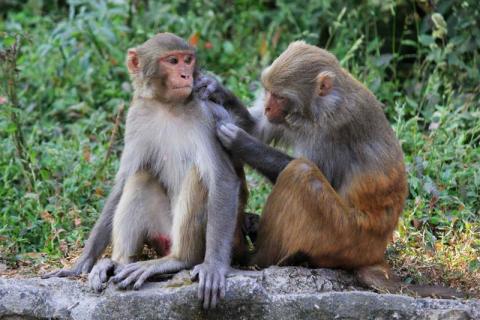
Gilberto and Tomás are two macaques trained to synchronise their movements with the rhythm of a metronome, who were also able to tap to a musical beat, according to a study published in Science. This result contradicts the vocal learning hypothesis, according to which only species capable of complex vocalisations can perceive and follow a musical rhythm.

English ethologist Jane Goodall died on Wednesday at the age of 91 in California (United States), where she was participating in a lecture tour. This was announced by the Jane Goodall Institute on its social media. ‘Dr Goodall's discoveries as an ethologist revolutionised science and she was a tireless advocate for the protection and restoration of our natural world,’ the statement said. Her observations and analysis of chimpanzees in the wild over decades were a milestone in primatology.

In the US, the incidence of colorectal cancer increased in people aged 45-49 years in the period 2019-2022, after advancing the screening age from 50 to 45 years, according to a study published in JAMA. The use of mailed faecal tests made it possible to reach people in this age group, without affecting screening rates in people over 50, says another paper published in the same journal.

People with dementia who are prescribed a specific type of antidepressant experience a faster cognitive decline than people who do not use these drugs, according to a study published in BMC Medicine. In particular, prescriptions for higher doses of selective serotonin reuptake inhibitors (SSRIs), a type of antidepressant, were associated with a higher risk of severe dementia, fractures and mortality. The analysis includes data from more than 18,000 patients from a Swedish database between 2007 and 2018.

Many diseases related to bacteria, such as inflammatory bowel disease or colorectal cancer, are associated with an overgrowth of gut bacteria considered 'bad'. However, a study published in the journal Cell suggests that changes in microbial load, rather than the disease itself, could be the driving factor behind the presence of these harmful species associated with pathologies.
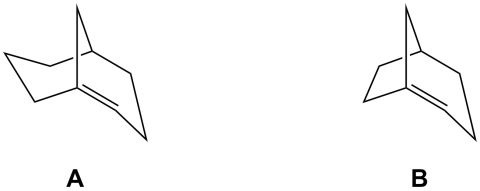
A research team describes in the journal Science how to create organic molecules whose geometry breaks the so-called Bredt's rule. According to this 1924 rule, double bonds between two carbon atoms cannot exist at certain positions in a molecule. Until now, this rule has limited the types of molecules that scientists can imagine and make.
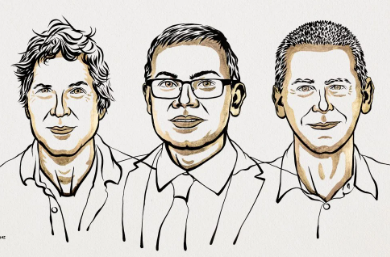
The Royal Swedish Academy of Sciences has awarded the Nobel Prize in Chemistry 2024 on the one hand to David Baker for computational protein design, which makes it possible to construct proteins with functions not present in nature. On the other hand, jointly to Demis Hassabis and John M. Jumper of Google DeepMind, for the development of AlphaFold2, which allows the structure of the 200 million known proteins to be predicted at high speed.
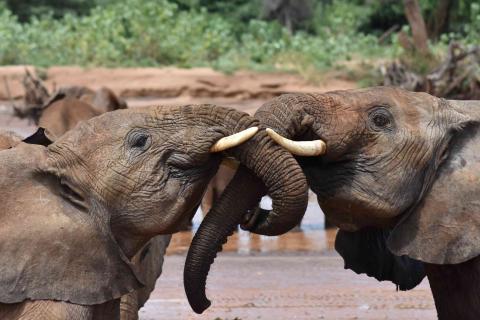
Some animal species, such as parrots or dolphins, appear to address each other by imitating sounds from the receiver. However, animals addressing each other by individual names has only been observed in humans. Now, an international team of researchers says that African elephants can communicate through name-like calls and do not appear to rely on imitation to do so. According to the authors, who publish their results in the journal Nature Ecology & Evolution, the finding would imply that they have some degree of symbolic thinking.
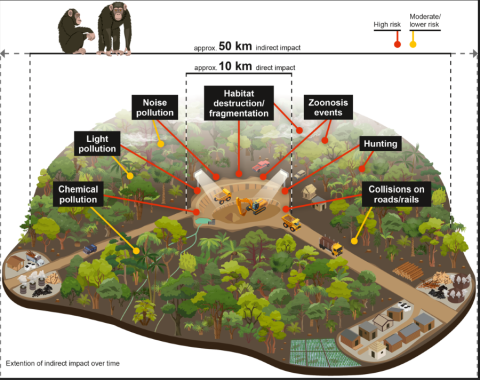
A study published in Science Advances analyses population data for great ape species in mining areas in 17 African countries and shows that their habitats overlap, endangering the apes' survival. The study also reveals a considerable information gap: 97% of the mining areas contain no population data for these animals.
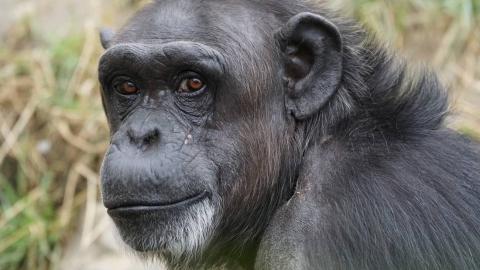
Chimpanzees can learn a new skill by observing each other — a phenomenon known as social learning — according to a study published in Nature Human Behaviour. The findings suggest that chimpanzees may have the capacity for cumulative cultural evolution, which was previously considered to be an exclusively human trait.